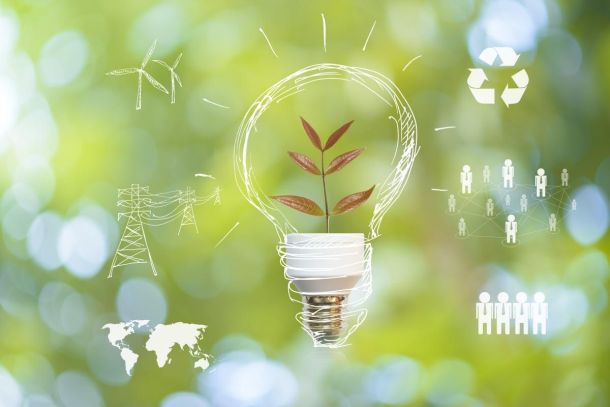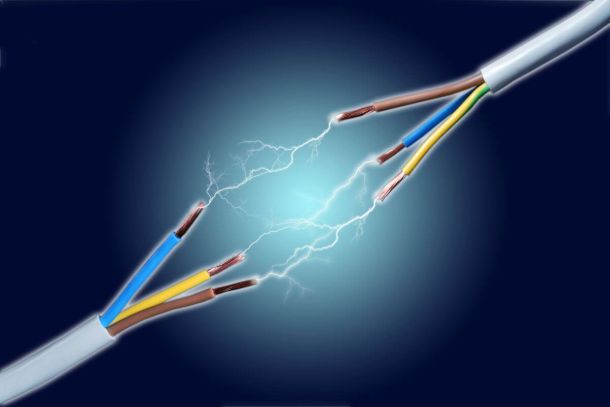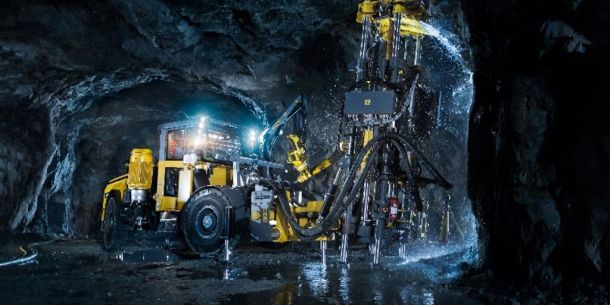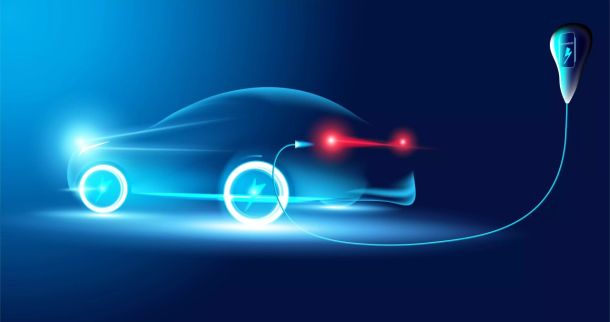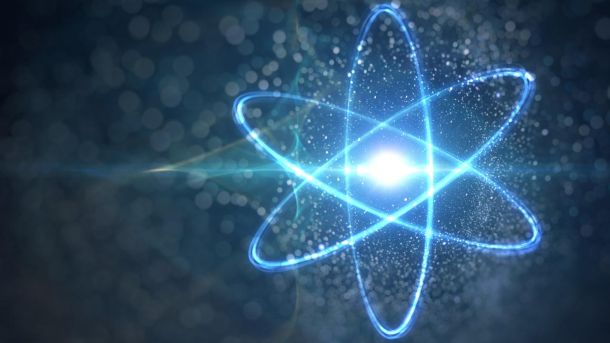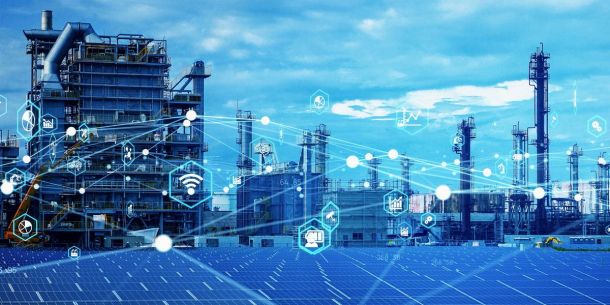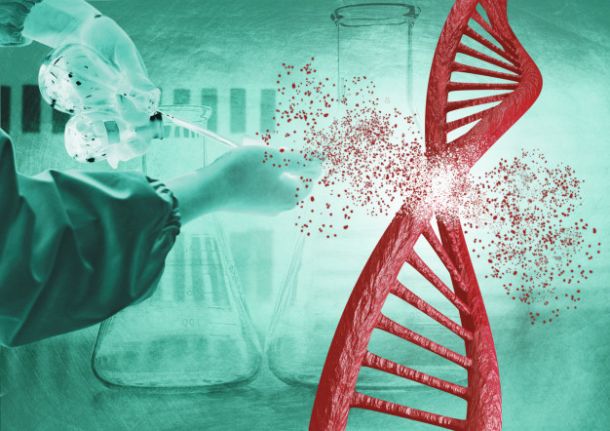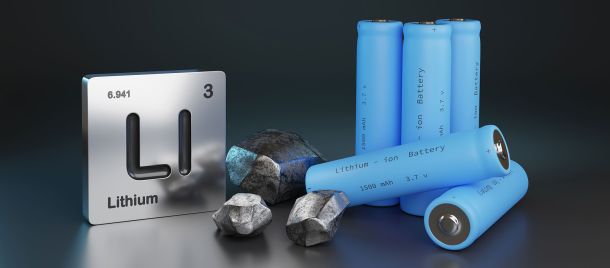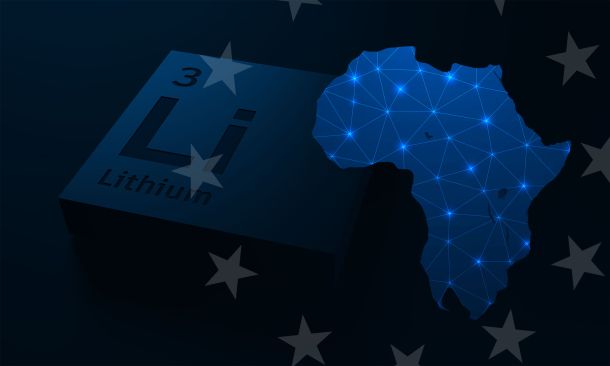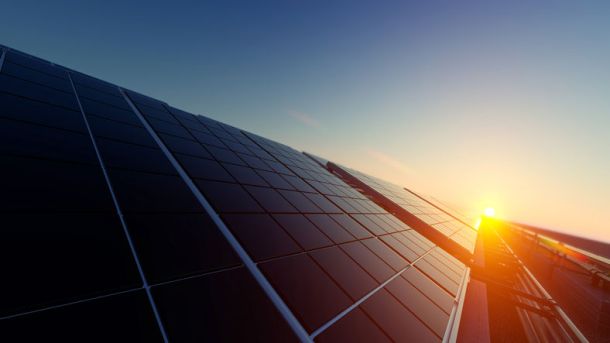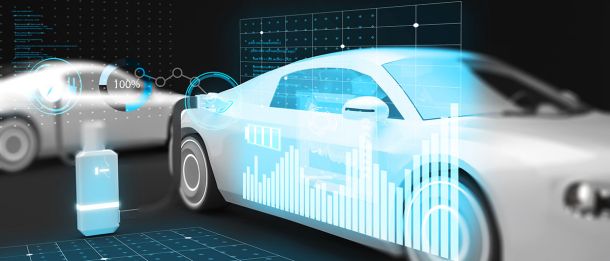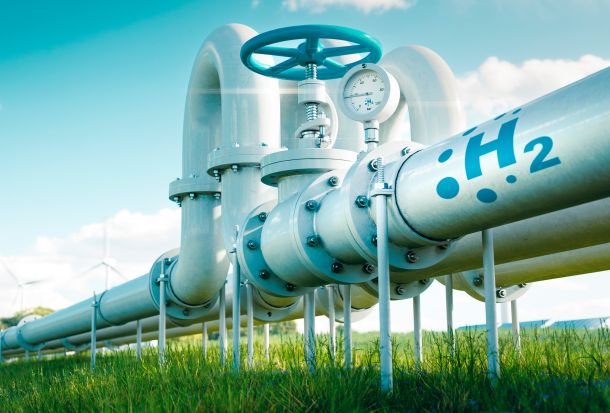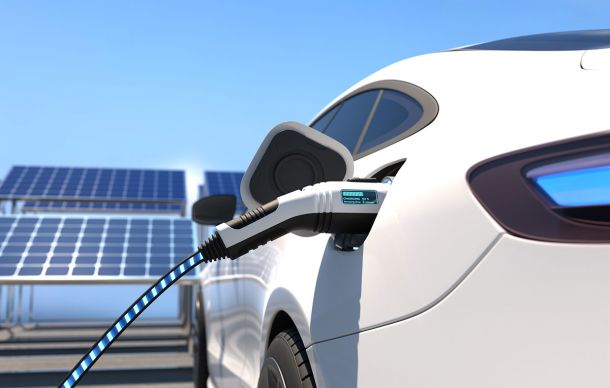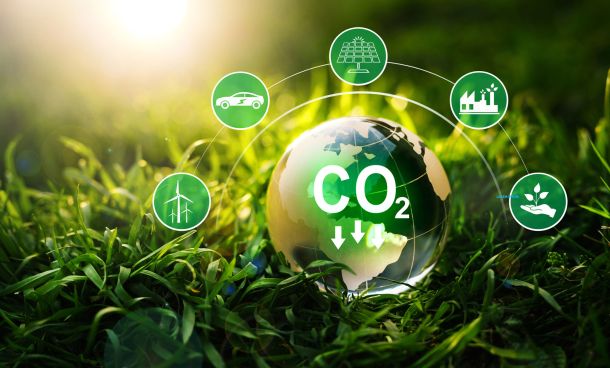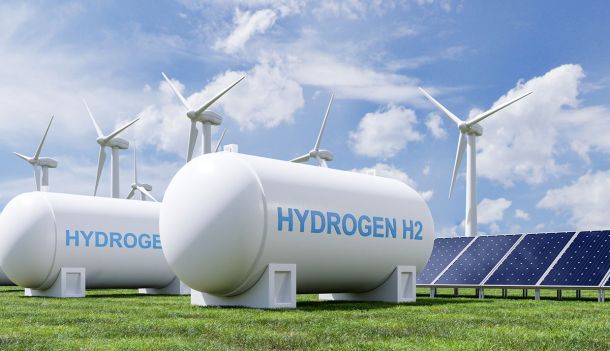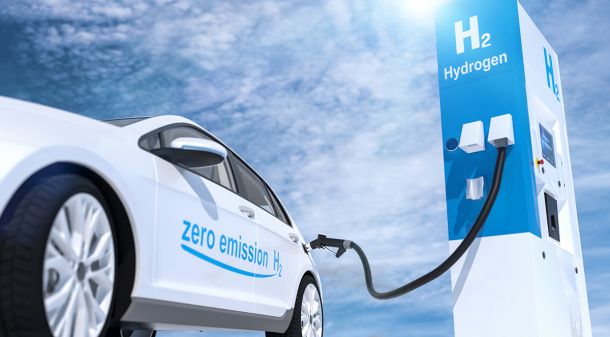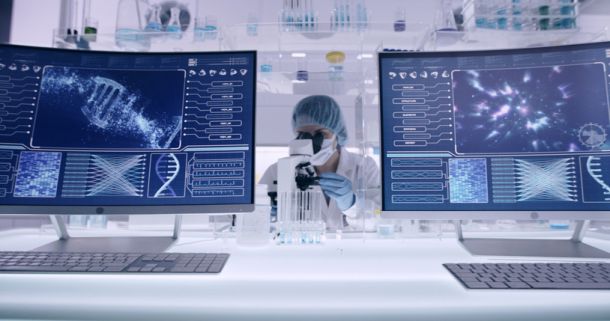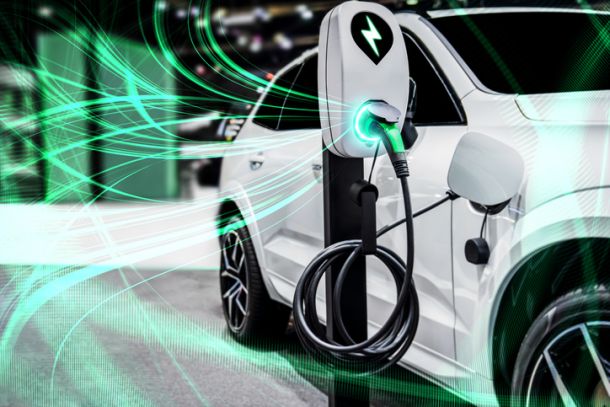INCONCRETO NEWS
The European Strategy on Renewable Energy – Part I
The European Union (EU) has implemented a number of policies and initiatives to promote sustainable energy and reduce its dependence on fossil fuels. The overall goal is to create a secure, competitive, and sustainable energy system for the EU.
The EU’s energy strategy is thus based on three main pillars: security of supply, competitiveness, and sustainability. One of the key goals of the EU’s energy policy is to increase the share of renewable energy sources in the overall energy mix: tidal, wind, solar, biomass, and hydropower. To achieve this, the EU has set a target of increasing the share of renewable energy in the EU’s final energy consumption to at least 27% by 2030. On 14 July 2021, the Commission presented Europe’s new 2030 climate targets, including a proposal for amending the Renewable Energy Directive. It seeks to increase the current target to at least 40% renewable energy sources in the EU’s overall energy mix by 2030. This target is supported by several policies and initiatives, including the Renewable Energy Directive, which sets binding targets for the member states to increase the share of renewable energy.
Another key element of the EU’s energy policy is the promotion of energy efficiency. The EU has set a target of improving energy efficiency by at least 32.5% by 2030, with a clause for a possible upwards revision in 2023. To support this target a few programs have been created, including the Energy Efficiency Directive, which sets binding targets for member states to improve energy efficiency and reduce energy consumption.
Additionally, the EU has a strategy to reduce greenhouse gas emissions by 55% below 1990 levels by 2030. To encourage it, the Effort Sharing Regulation sets binding targets for member states to reduce emissions in the non-Emissions Trading System sectors. The EU has established the EU Emissions Trading System (EU ETS) which is a cap-and-trade system for CO2 emissions of power plants and industrial facilities, with the aim to reduce the emissions in these sectors.
Moreover, the EU has a strategy to increase interconnections between member states to create a more integrated and interconnected energy market. This would help to increase the security of supply, reduce dependence on fossil fuels, and promote the integration of renewable energy sources.
Finally, the EU’s energy policy also aims to promote research and innovation in order to develop new technologies and reduce the costs of renewable energy sources. The EU supports research and innovation through several programs and initiatives, including the Horizon 2020 program, which provides funding for research and innovation in a wide range of areas, including energy.
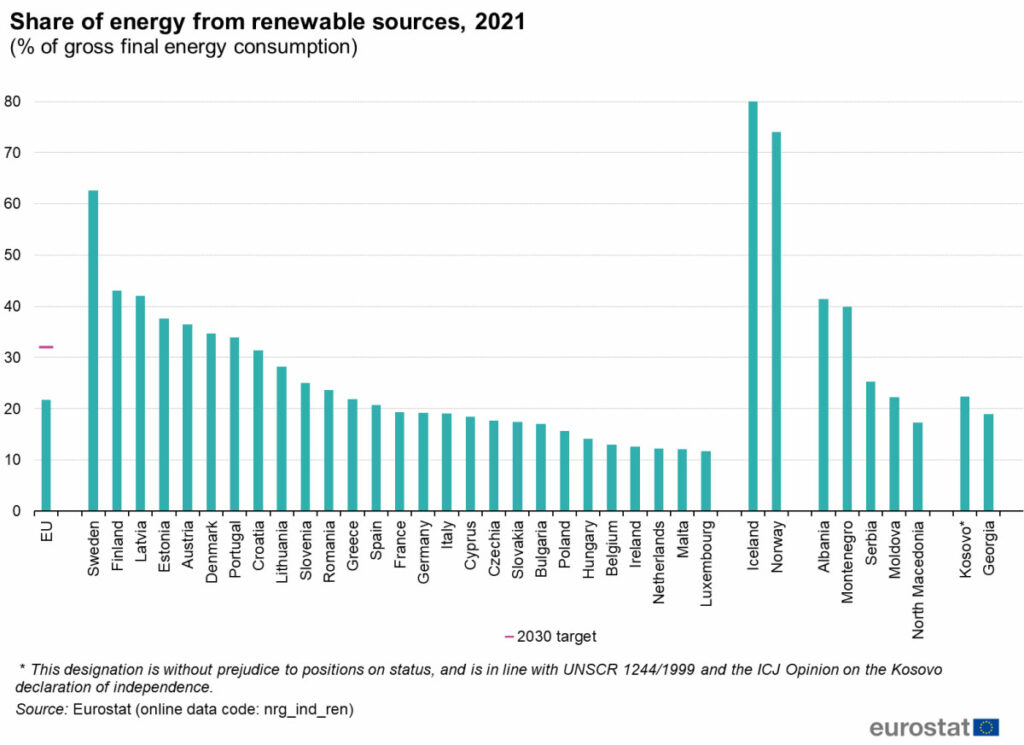
Becoming the world’s first climate-neutral continent by 2050 is the objective behind the European Green Deal (COM(2019) 640 final), the very ambitious package of measures that should enable European citizens and businesses to benefit from sustainable green transition.
European Institute of Technology: The European body working in the field of innovation
Established in 2008 and based in Budapest, Hungary, the European Institute of Innovation and Technology (EIT) is the EU initiative to support innovation and entrepreneurship at a systemic level – from education to the market. The EIT brings together organizations working in the field of education, research, and innovation (the so-called ‘knowledge triangle’) to form dynamic cross-border partnerships and create innovation-friendly environments. The Institute promotes and supports a new generation of entrepreneurs and stimulates the creation of innovative businesses, particularly small and medium-sized enterprises (SMEs).
The EIT operates through a unique governance structure, which brings together leading higher education institutions, research organizations, and industry partners in so-called “Knowledge and Innovation Communities” (KICs). These KICs are responsible for identifying and addressing societal challenges and opportunities through innovation, education, and entrepreneurship.
Its mission is to promote sustainable growth and competitiveness in the EU. The organization aims to achieve this by supporting the development of new products, services, and business models, as well as by promoting the transfer of knowledge and technology between different sectors and regions.
The EIT works on the field with large groups and start-ups by providing funding, mentoring, and networking opportunities. The organization supports the development of new products, services, and business models through its various funding programs and by connecting start-ups and SMEs with larger companies and research organizations. Additionally, the EIT provides mentoring and coaching to entrepreneurs, helping them to develop their ideas and bring them to market.
The EIT plays an important role in fostering collaboration between different actors in the innovation ecosystem. The organization works closely with other EU institutions and organizations, such as the European Commission, to bring together higher education institutions, research organizations, and industry partners in its KICs, which are responsible for identifying and addressing societal challenges and opportunities.
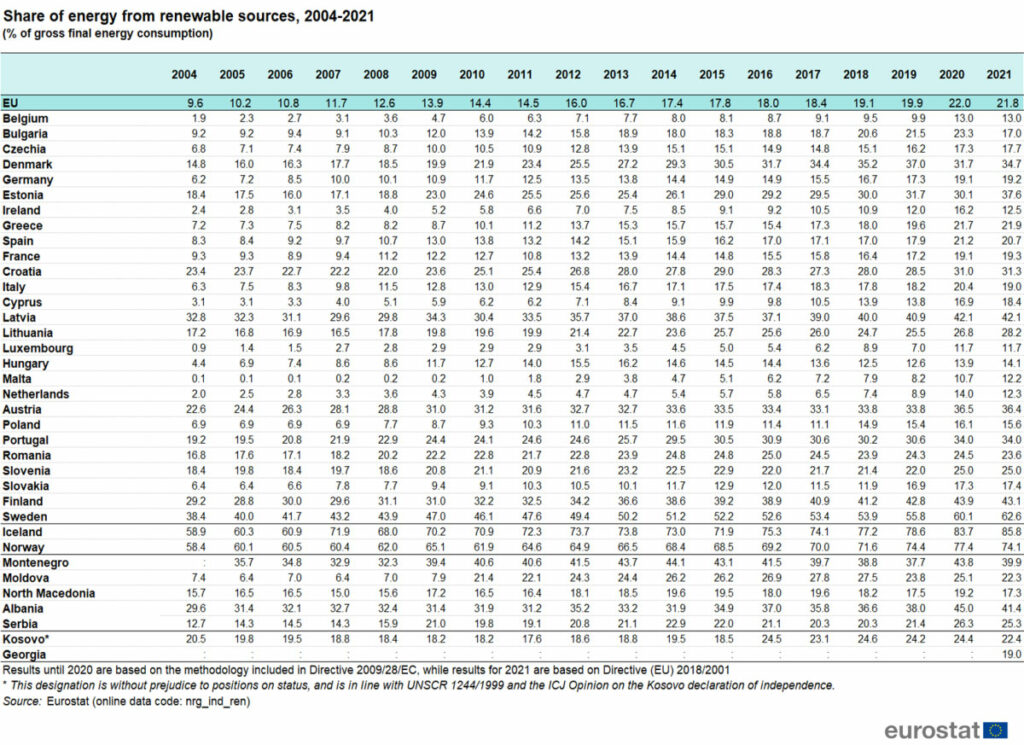
Key actions for innovation in the energy sector: illustrating the thematic fields
Innovation in the energy sector is essential for achieving a sustainable, secure, and competitive energy system. There are several key actions that can be taken to promote innovation in this sector, including:
- Research and development: Investing in research and development (R&D) is crucial for developing new technologies and reducing the costs of renewable energy sources. This can include funding for basic research, as well as applied research and development projects.
- Deployment of new technologies: Once new technologies have been developed, it is important to deploy them on a large scale to demonstrate their effectiveness and reduce costs. This can include pilot projects, demonstration projects, and other deployment initiatives.
- Support for innovation and entrepreneurship: Supporting innovation and entrepreneurship can help to create new businesses and jobs in the energy sector. Funding, mentoring, and networking opportunities can be provided to start-ups and SMEs.
- Building a skilled workforce: Building a skilled workforce is essential for the energy sector to develop and deploy new technologies. This can include investing in education and training programs for workers, as well as providing opportunities for professional development.
- Collaboration and partnerships: Collaboration and partnerships between different actors in the innovation ecosystem can help to accelerate the development and deployment of new technologies. Among these are partnerships between research organizations, higher education institutions, and industry partners, as well as collaborations between different countries and regions.
- Smart Grids and Energy Management: Developing and implementing smart grid technologies to optimize energy generation, distribution, and consumption. Smart grids allow for more efficient energy management and can integrate different sources of energy, including renewable energy sources.
- Energy storage: Investing in research and development of energy storage technologies, such as batteries and thermal storage, can help to increase the integration of renewable energy sources into the grid.
- Carbon Capture and Storage: Investing in research and development of carbon capture and storage technologies, which can help to reduce greenhouse gas emissions from power plants and other industrial facilities.
- Decentralized energy systems: Investing in research and development of decentralized energy systems, such as microgrids and distributed energy resources, can help to increase energy security, reduce dependence on fossil fuels, and promote the integration of renewable energy sources.
- Electric mobility: Investing in research and development of electric vehicles, charging infrastructure and battery technologies to reduce the dependence on fossil fuels in the transportation sector.
Overall, these key actions can support the development and deployment of new technologies in the energy sector, which can help to promote a sustainable, secure, and competitive energy system.
EIT projects on electrical vehicles (EV)
The transport and mobility sector is responsible for about 1/3 of Europe’s energy consumption and about 1/4 of overall greenhouse gas emissions. As such, this thematic area plays a significant role in the transition of the energy system of the EU. The need for a transition to an energy-efficient and clean transport and mobility sector is also recognized in recent communications of the EU Commission.
Moreover, the European Institute of Innovation and Technology (EIT) has been involved in several projects related to electric vehicles (EVs) that aim to accelerate the transition to a more sustainable, efficient, and clean mobility.
Here are two of the EIT communities focus on this topic:
- EIT Urban Mobility: EIT Urban Mobility is a Knowledge and Innovation Community (KIC) established by the EIT to promote sustainable urban mobility. One of the main focus areas of this KIC is the development and deployment of electric vehicles and related infrastructure. The project aims to accelerate the market uptake of EVs by developing new business models and services, as well as by providing funding and mentoring for start-ups and SMEs working in the EV sector.
- EIT InnoEnergy: EIT InnoEnergy is a European company that supports innovation and entrepreneurship in the energy sector. One of the main focus areas of this company is the development of electric vehicle technologies and related infrastructure. The project aims to accelerate the market uptake of EVs by providing funding and mentoring for start-ups and SMEs working in the EV sector, as well as by developing new business models and services. Additionally, EIT InnoEnergy focuses on the integration of EVs into smart grids and energy management systems, and the development of energy storage technologies to support the integration of renewable energy.
INCONCRETO, as an international consultancy, can provide expertise in capital project optimization in the energy sector.
Connect with our team!
We combine technical expertise with large program execution practices, improving predictable outcomes and steering profitability on Capex/Opex project investments.
For further reading, you may consult these sources:
https://ec.europa.eu/eurostat/statistics-explained/index.php?title=Renewable_energy_statistics
Newsletter
© INCONCRETO. All rights reserved. Powered by AYM

